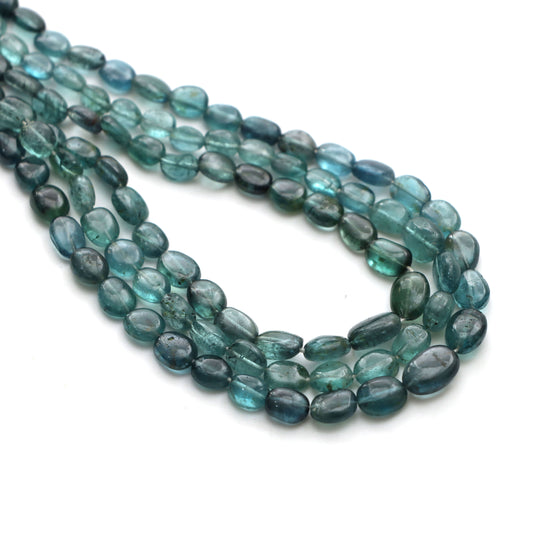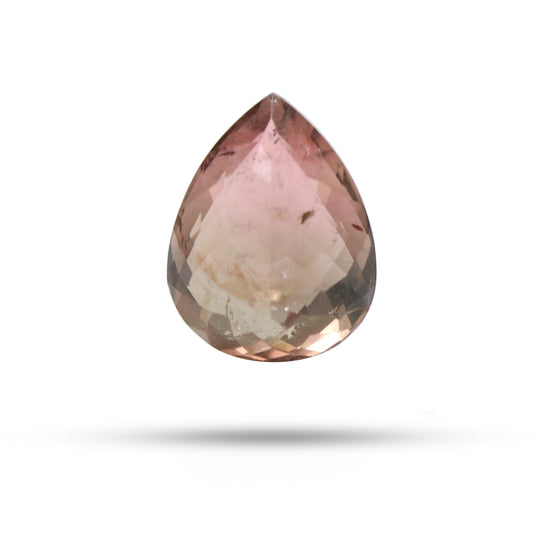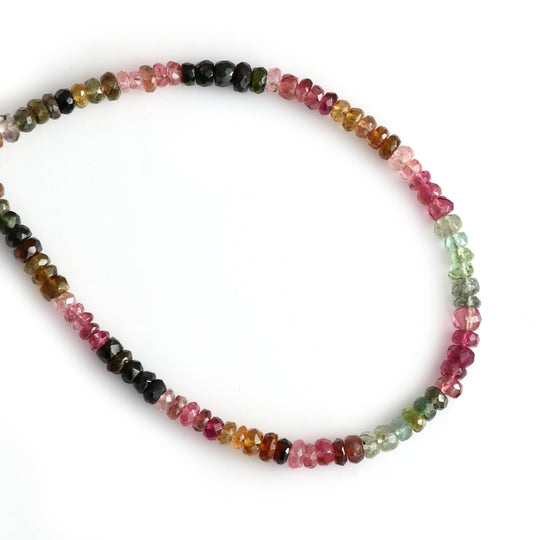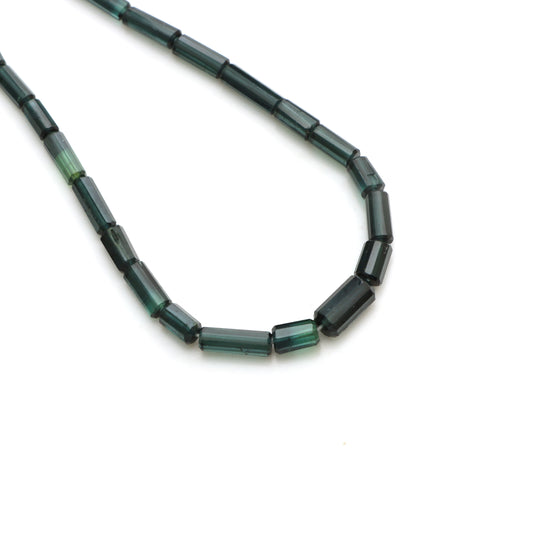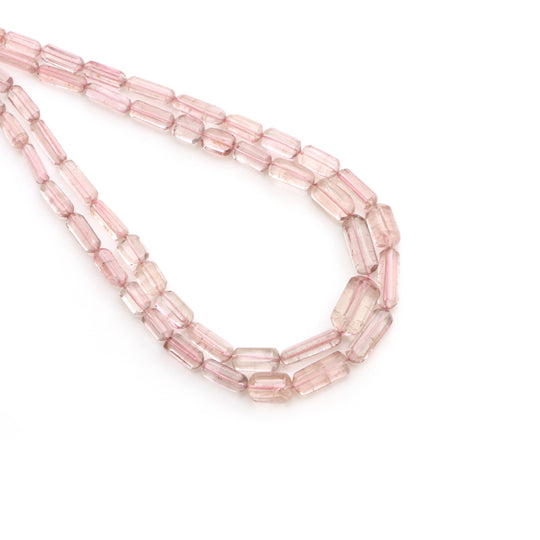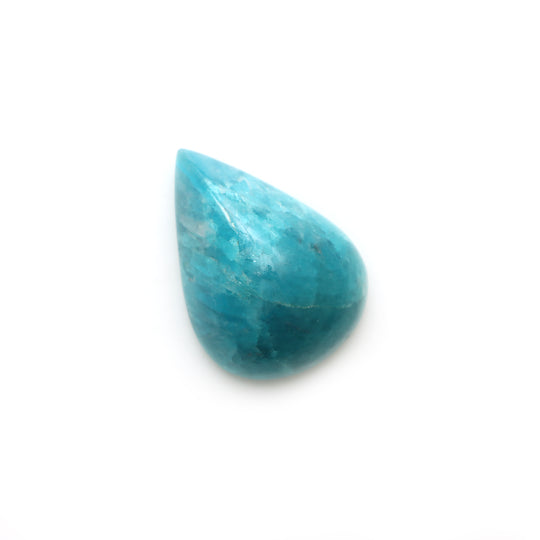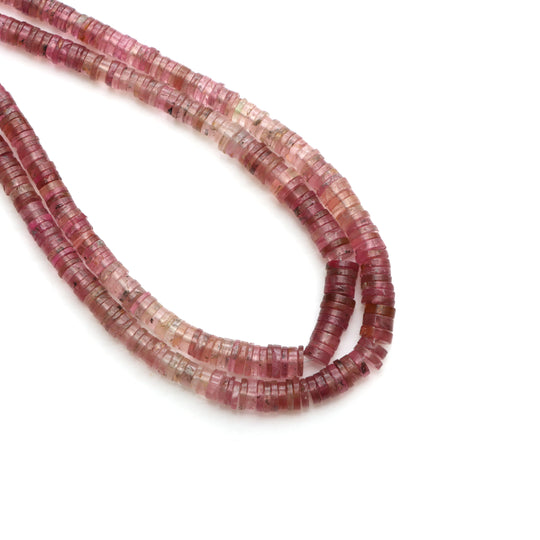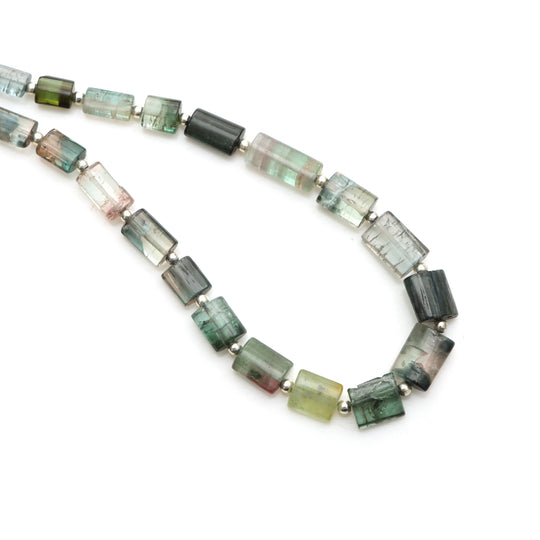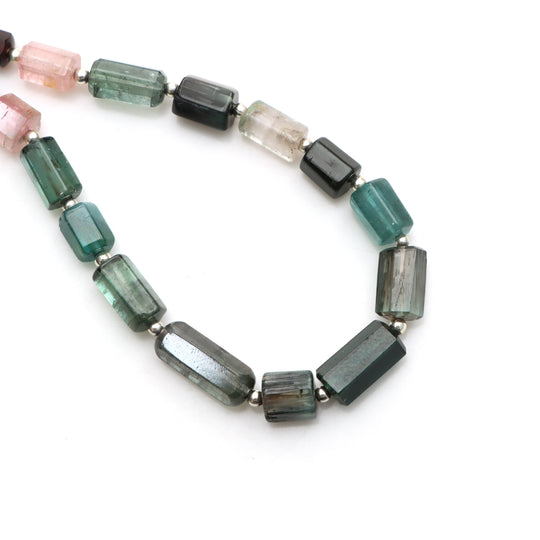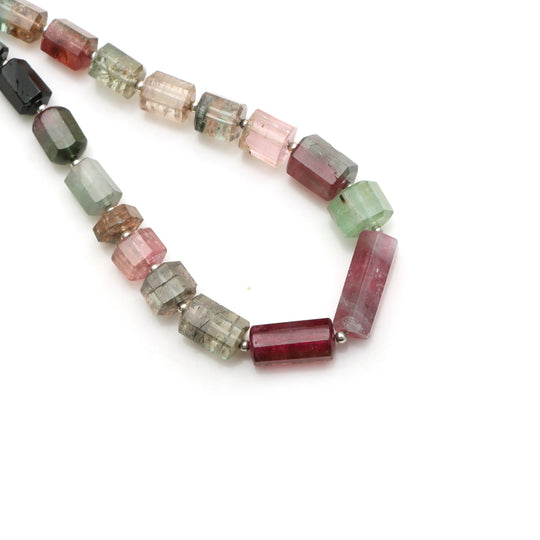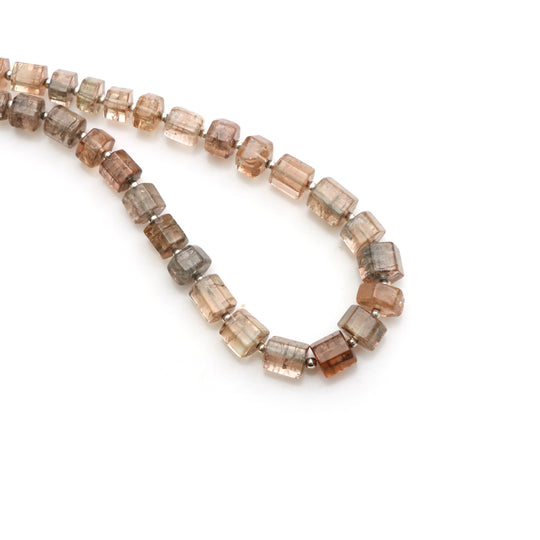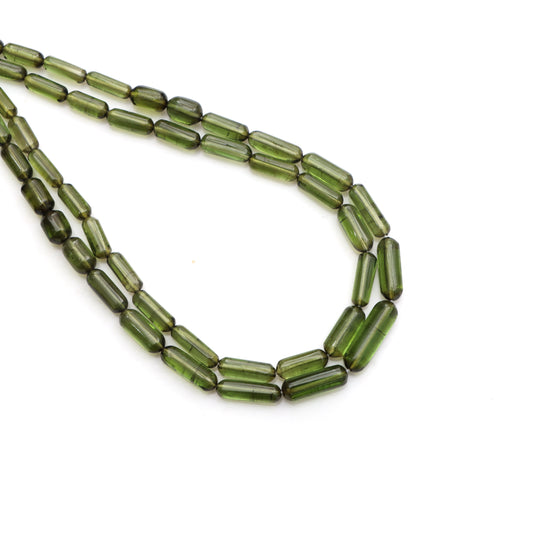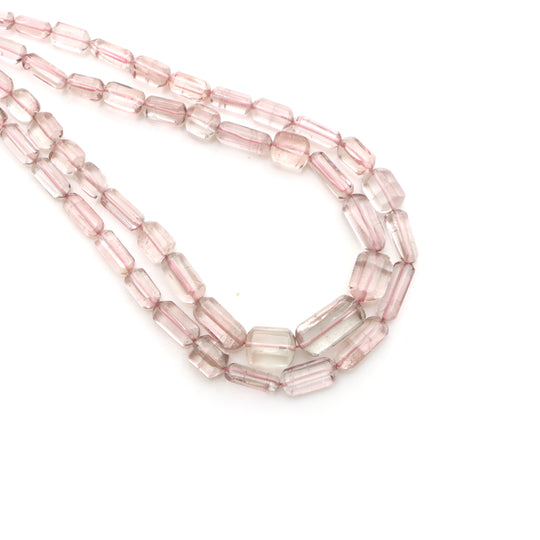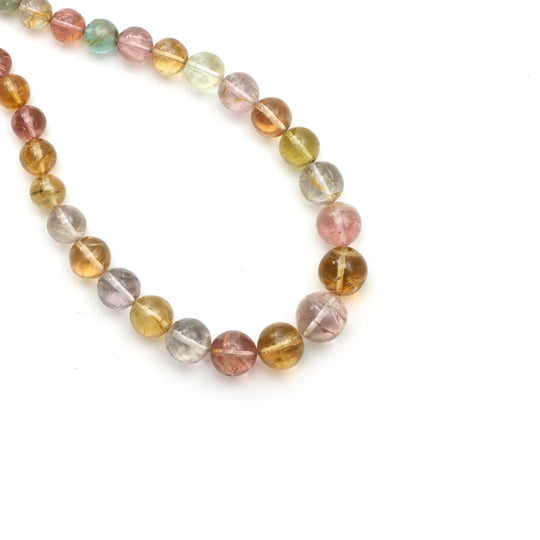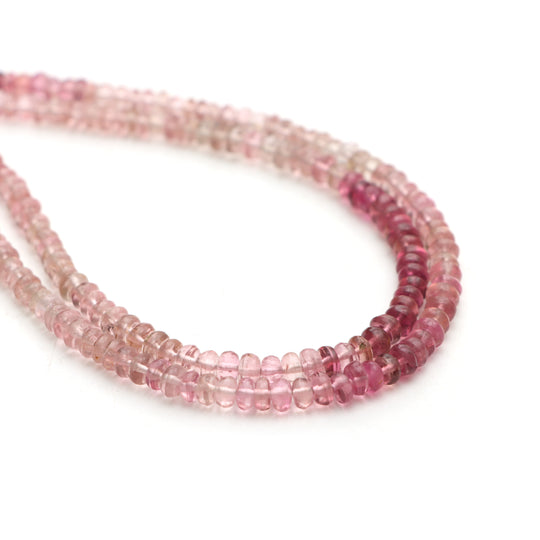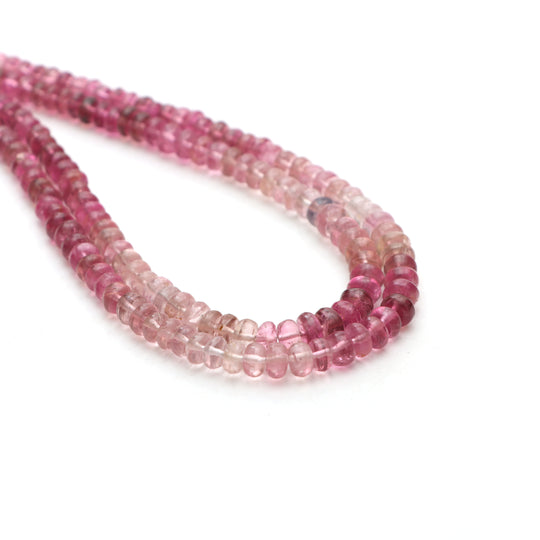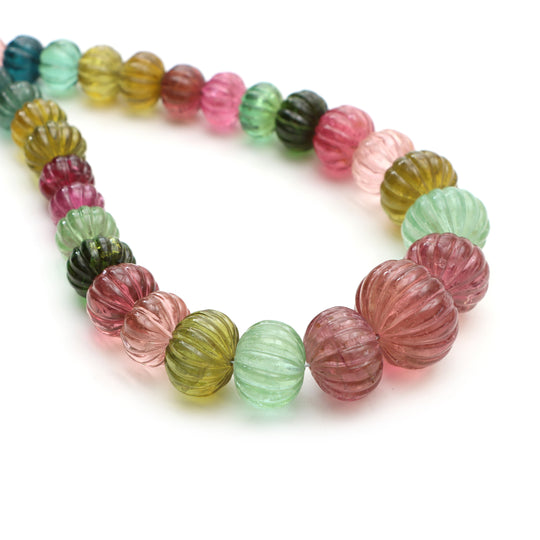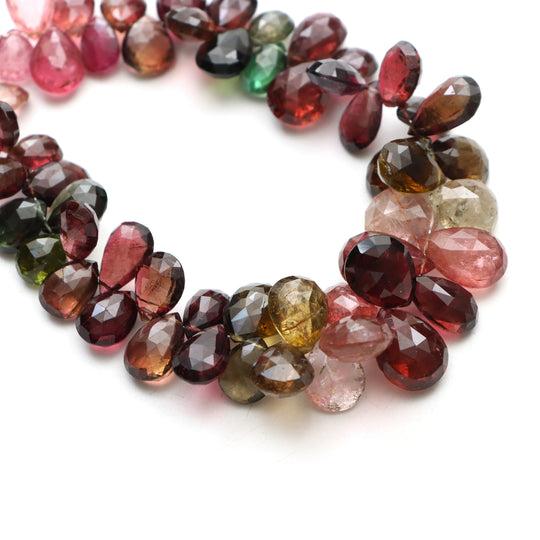Tourmaline Gemstone
The most common gemstone, tourmaline, is prized for having a variety of colors.
The tourmaline gemstone comes in a variety of beautiful color variations, each with its metaphysical qualities and astrological significance. Along with opal, tourmaline serves as the October birthstone alternative.
Tourmaline is technically a set of minerals with a variety of physical and chemical characteristics, rather than a single mineral. Elbaite is a mineral that belongs to the tourmaline family and is the source of almost all gem variations. Schorl, Dravite, and Liddicoatite are three more members of the group that are rarely used as gemstones.
Tourmaline Gemstone
- ←
- →
What is a tourmaline gemstone?
Tourmaline stones are from the crystalline silicate mineral group, in which boron is combined with elements like aluminum, iron, magnesium, sodium, lithium, or potassium.
The word is derived from the Sinhalese word "turamalli," which describes the gemstone carnelian.
It comes in a wide range of colors, including colorless, pink, and even black tourmaline, and amazing varieties like Paraiba tourmaline gems and watermelon tourmaline.
Natural tourmaline gemstones are beneficial to one's health since they act as a catalyst for the release of negative ions. The moisture in the air is naturally converted in this process to achieve the desired result. It is believed that wearing tourmaline jewelry has beneficial effects on the wearer. They don't realize it, but tourmaline gemstones naturally emit negative ions, unlike others who use mechanically induced ones.
What are tourmaline stones used for?
Yin and yang energies, such as the feminine and masculine within us, can be balanced with the help of tourmaline. This crystal is frequently used for energy protection. It aids in the formation of a barrier around a person or space to keep out unwanted or harmful energies. It also helps you to ground yourself and balance each chakra. The stone can change even more challenging energies and unfavorable thought patterns into more empowering energies and beliefs.
What are the properties of the tourmaline gemstone?
Geological properties
With a trigonal crystal structure, tourmaline is a six-member ring cyclosilicate.
It appears as columnar and prismatic crystals that range in length from thin to thick, usually triangular in cross-section, and frequently with curved striated faces.
Hemimorphism refers to the presence of asymmetric termination at the ends of crystals. A type of fine-grained granite known as aplite frequently contains tiny, slender prismatic crystals that usually arrange themselves into radial daisy-like patterns.
No other common mineral has three sides, which makes tourmaline unique. Prism faces frequently have deep vertical striations that give the appearance of a rounded triangle. Rarely is the tourmaline perfectly euhedral. The exquisite dravite tourmalines of Yinnietharra, in western Australia, were an exception. The 1970s saw the discovery of the deposit, but it is now exhausted.
Healing properties
Far-infrared energy rays are invisible energy rays. They can penetrate the human body's deepest layers of tissues, muscles, and bones all the way down to the molecular level.
Because of this, negative ions and infrared rays are also crucial for establishing and controlling mood. According to research, negative ion generators can treat mood disorders in the same way as antidepressants do, but without undesirable side effects.
The body is cleansed and the immune system is strengthened by the infrared radiation that tourmaline generates in the 4–14 micron range.
This is because these irons increase oxygenation to the brain and regeneration of the blood. The health and well-being of your body benefit enormously from tourmaline.
Where is tourmaline Gemstone found?
It is the national gemstone of the US because tourmaline was primarily mined in the US until the early 1900s. Although they are present on all continents, the most important sources now are Brazil's Bahia and Minas Gerais. In addition to these countries, tourmaline deposits can be found in Afghanistan, Australia, Myanmar, Malawi, India, Italy, Madagascar, Mozambique, Namibia, Nepal, Nigeria, Pakistan, Russia, Sri Lanka, Switzerland, Tanzania, Zimbabwe, Zambia, and Zaire.
What color is tourmaline Gemstone?
Different hues can be found in tourmaline. When it comes to color, lithium-rich tourmalines can be nearly any shade of blue, green, red, yellow, or pink, whereas magnesium-rich varieties are often brown to yellow. Rarely it is colorless.
Crystals are frequently bicolored or multicolored as a result of differences in fluid chemistry during their crystallization. Watermelon tourmaline is a type of gemstone that is highly prized for use in jewelry.
These crystals can also be green on the outside and pink on the interior.
A brooch piece made of gold, watermelon tourmaline, and diamonds that are on exhibit at the Cincinnati Art Museum is a stunning example of watermelon tourmaline jewelry.
Dichroic tourmaline is a type of mineral that changes color when viewed from different angles.
Long-term natural irradiation is the cause of the pink color of tourmalines in several locations. These tourmaline crystals were initially quite pale and incorporated Mn2+ throughout their growth.
The progressive formation of Mn3+ ions due to natural gamma ray exposure from radioactive decay of 40K in their granitic environment causes the pink-to-red color to intensify.
Where to buy tourmaline gemstones in the USA?
The stunning tourmaline is known for its enormous color range and a high degree of hardness, making it perfect for many types of jewelry. Tourmaline is very valuable to jewelry designers due to its alluring hue, tone, saturation, outstanding luster, and transparency. It presents an attractive appearance, gives the jewelry pieces a refined appeal, and glams up the wearer's personality.
It is widely available at jewelry stores due to its popularity. In addition, this strong gemstone's toughness and hardness show that it makes a superb gemstone for engagement rings. Couples might wear personalized tourmaline engagement rings as a sign of knowledge and harmony
You can shop an exclusive selection of the most beautiful, vibrant tourmaline jewelry at National Facet. The tourmaline jewelry, including the tourmaline ring, tourmaline necklace, tourmaline bracelet, tourmaline pendant, tourmaline earrings, etc., is designed by a team of CAD professionals at National Facet according to the requirements of our valuable clients. You can also purchase tourmaline beads wholesale for a great deal.
The Custom Jewelry Section offers tourmaline jewelry that may be personalized for both men and women. View our exclusive collections of faceted tourmaline and loose tourmaline gemstones right away!
Frequently Asked Questions
Q: Is tourmaline a rare gem?
A: The majority of hues are very common, but pure stones in blue, red, orange, yellow, and purple are rare. Such stones typically fetch higher costs. Tourmalines that change color are incredibly uncommon as well. Emerald-green chrome tourmalines, raspberry-red rubellites, and neon-blue Paraiba tourmalines are particularly prized.
Q: What is so special about tourmaline?
A: Tourmaline is reputed to be a stone of peace, a stone that encourages compassion and clear thinking, a stone that radiates the energy that attracts money, healing, and friendship, and a stone that is used for grounding, stabilizing, and reinforcing our earthly roots.
This bicolor tourmaline gemstone emits infrared radiation in the 4–14 micron wavelength, which strengthens the immune system and detoxifies the body. This is because these generations of ions increase oxygenation of the brain and regeneration of the blood.
This is a potent ally for the health and well-being of our bodies.
Q: Who should wear a tourmaline?
A: It can be worn by anyone at any time; there are no restrictions. People who are right- or left-handed should wear tourmaline stones on their little fingers, respectively.
It is quite beneficial for Virgo (Kanya) and Gemini (Mithuna) zodiac signs.
The heart is warmed by green tourmaline, which also allows one to replenish vital life force energy and increases endurance.
Q: How can you tell if the tourmaline is real?
A: Due to their great hardness, tourmalines are difficult to scratch. As a result, a stone cannot be a tourmaline if it has scratches on it. However, tourmalines rarely have free-form inclusions. So, if your stone appears to be completely transparent, it is probably not a tourmaline.
Q: What does tourmaline attract?
A: It has been said that watermelon tourmaline, which is pink with a green outer edge, is a stone of peace, a stone that encourages compassion and coolness of thought and radiates the energy that attracts money, healing, and friendship while establishing, grounding, and supporting our earthly roots.
Q: Does tourmaline glow in the dark?
A: The chrome tourmaline is diamagnetic and possesses a deep green hue that is distinctive of this kind.
Due to chromium, it not only glows red when exposed to Chelsea filters but also fluoresces red when exposed to longwave UV radiation.
Because of vanadium quenching, the majority of chrome tourmalines do not glow under UV light.
Q: Which chakra is tourmaline?
A: Black tourmaline is related to the root chakra because of its dark color and grounding properties.
And also, red tourmaline creates a clear pathway for devotional activities that ask one to be both firmly heart-centered and grounded by connecting the root chakra with the heart.


